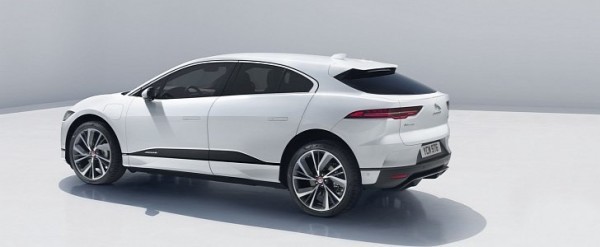
The MLA has been developed from the get-go for mild-hybrid, plug-in hybrid, and battery-electric vehicles. It joins the Premium Transverse Architecture for transverse-engined vehicles such as the Range Rover Evoque, which is scheduled to welcome a plug-in hybrid option in 2020 with a 1.5-liter three-cylinder turbo developed from the 2.0-liter Ingenium.
It’s been known for a long time now that Jaguar plans to redesign the XJ from the ground up. Despite the dwindling sales of sedans, head designer Ian Callum can’t imagine a future without this type of vehicle. “The range you see currently will be eventually replaced by like-sized cars,” he told Autoblog.com, adding that “the cars are here forever, I don't think they're going to disappear in favor of SUVs."
Looking at the bigger picture, keeping sedans around is the right thing to do considering that the price of oil could go up without notice. SUVs are in with the “in” crowd, but nevertheless, Jaguar Land Rover caters to either type of customer thanks to the co-existence of the XJ and full-size Range Rover.
Turning our attention back to EVs, Callum made it clear “they're not just batteries put in an old car. You can't do that." This leads us to believe the next generation of the XJ is developed from the ground up on the Modular Longitudinal Architecture, but there’s no telling if the luxurious sedan will also feature conventional powertrain options.
Various reports suggest the XJ EV would level up to 100 kWh compared to the 90-kWh battery of the I-Pace. As if that wasn’t enough, Jaguar might utilize an electric motor for each of the four wheels, with each rated at upwards of 200 horsepower for blistering performance.








